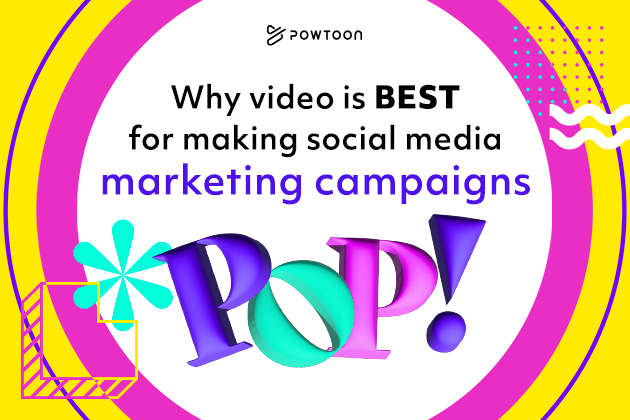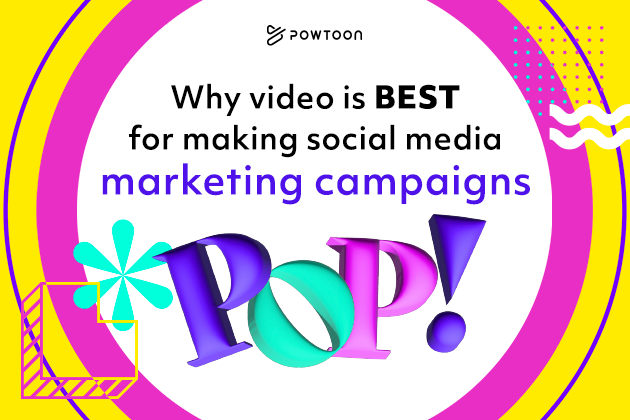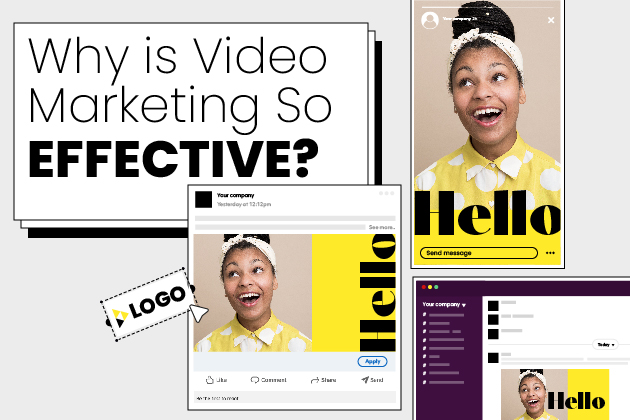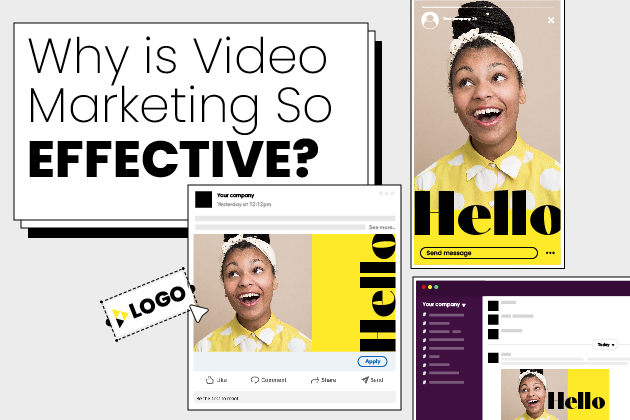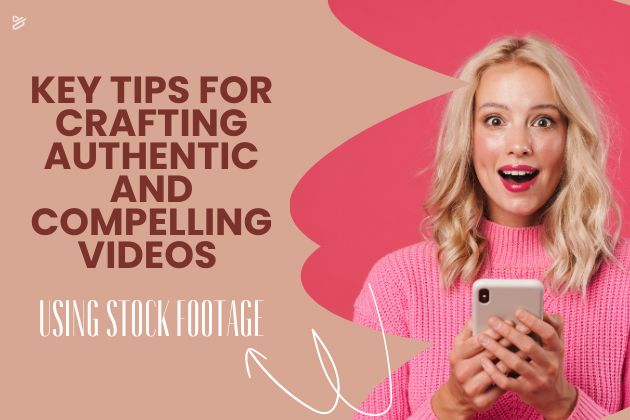
Key Tips for Crafting Authentic and Compelling Videos Using Stock Footage
Whether you’re a marketer, educator, business owner, or team leader, there is no shortage of reasons to generate original video content. If you’re marketing a business, you should be aware that video content has been shown to attract and keep the attention of audience members more effectively than other types of content. If you are an educator, be aware that research shows students often learn complex topics more easily when information is presented in the form of animated videos. Additionally, as a business owner or team leader, you could use internal videos for onboarding new employees, providing your workforce with updates about key projects, ensuring consistent training, and more.
You may appreciate the potential value of generating original video content. However, you might also feel that creating video content is prohibitively expensive.
This is an understandable concern. That said, there are ways to reduce the cost of video production. One is to use a video maker tool designed specifically to help beginners easily and affordably produce videos. You can even use the best AI video generator at your disposal. Another is to incorporate stock footage in your video projects. Stock footage is simply general footage of various subjects that others have already captured. Paid and free stock videos can be incorporated into your own video to reduce your spending.
You simply need to keep in mind that the most effective video content also tends to be the most authentic. To ensure that including someone else’s stock videos in your content doesn’t have any negative impact on authenticity, keep the following tips in mind:
Tip 1: Selecting the Right Amount of Stock Footage
Before you start hunting for free stock video clips, it helps to do some groundwork. Start by writing up your script and shot list. That way, you’ll know exactly what kind of stock footage will add value to your project.
Go through these documents to identify shots or footage you need that you can’t get on your own. Consider whether there are other ways to capture this footage, such as animating it instead of relying solely on live-action footage. Your goal is to come up with a short list of shots and footage that you can only include via stock video. The less stock footage you use, the less you will have to worry about it affecting your content’s sense of authenticity.
Tip 2: Blending Stock Footage With Existing Content
Ideally, when you cut from a piece of original footage to a piece of stock footage in your final video, a viewer will not be able to tell that you used a stock video. Keep this in mind when choosing where to insert stock footage into your video content. The footage should blend in naturally based on what’s happening in a scene.
For example, perhaps you have filmed your actors looking up at the sky. You may then cut to stock footage of the Moon or Sun to ensure the footage naturally follows what came before.
That’s just one example. The main point to keep in mind is that you should always consider how a piece of paid or free stock video will blend in with what came before and what comes after to integrate with your other content smoothly.
Tip 3: Ensuring Continuity and Consistency
The sudden appearance of stock footage in a video can be jarring if the quality and other characteristics of a stock video don’t resemble that of the original video content surrounding it. As such, you should refrain from using stock footage that’s lower quality than the video content you’re filming.
On the other hand, if you choose stock footage of a higher quality, consider using editing tools to reduce its quality artificially. You can also use such tools to change the coloring of a piece of stock footage so it more accurately matches what you’ve already filmed.
Tip 4: Embracing the Storytelling Aspect
There are many reasons that video content is an effective marketing and teaching tool. One is the fact that video allows you to tell a story. It has been shown that the human brain is wired to pay attention to stories. This is another point to consider when deciding where and when to use stock footage. Every time you’re considering incorporating a free stock video into your video content, ask yourself how this footage contributes to the story you’re telling.
Tip 5: Selecting High-Quality Stock Footage
You want your video content to make the right impression on your audience. As such, it’s worthwhile to take the time to find high-quality stock footage. Doing so will ensure that your video conveys a sense of professionalism.
Tip 6: Customization and Personalization
You don’t need to use stock footage as is. If you work with a video maker with editing tools and other features, you could modify a stock video by trimming it, adding text, adding animations, and more. Consider doing so when you add stock footage to your video project. Customizing the footage can allow you to ensure it matches the authentic tone of the overall finalized video. In addition, customizing stock footage may be necessary for branding purposes.
Tip 7: Maintaining Authenticity
It’s possible you’re too involved with your video project to objectively determine whether the inclusion of stock footage has detracted from its authentic qualities. Thus, once you’ve edited a final version of your video, watch it with other members of your company or individuals whose insights you value. They can help you better determine whether the finished product appears sufficiently authentic.
Remember that all filmmaking tasks require a certain degree of practice to master. If you keep these recommendations in mind and consistently experiment with stock footage when necessary, you’ll eventually reach a point when it’s easy to add stock videos without depriving your videos of their uniqueness.
Create Authentic Videos With Powtoon
Powtoon offers a user-friendly video maker tool that simplifies the process of creating video content for everyone, from beginners to professionals. Powtoon also offers access to a large library of stock footage. Sign up today to get started!
Latest posts by Hanna Abitbul (see all)
- How to create an AI avatar - September 25, 2024
- How to Set Realistic Business Goals for 2025 - September 24, 2024
- Best AI script writers in 2024 - June 28, 2024
- How to write a script with AI - June 27, 2024

